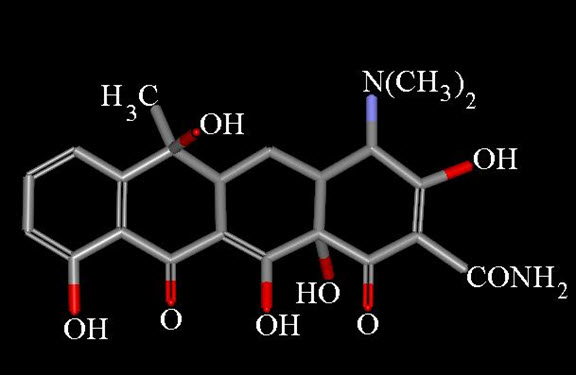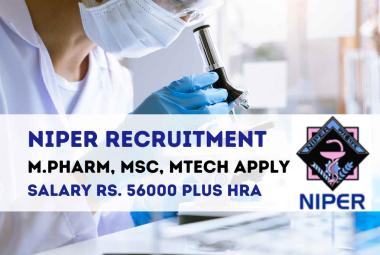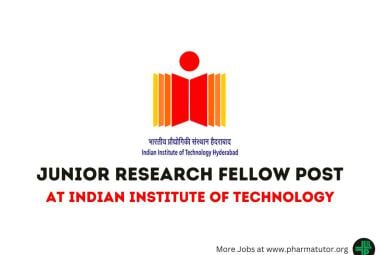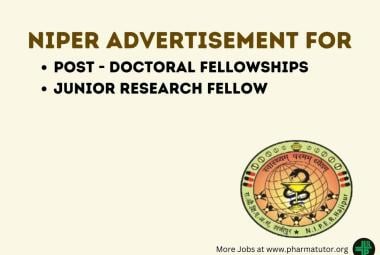DETERMINATION OF PURITY AND RELATIVE MOLECULAR WEIGHT OF PURIFIED HUMAN IgG
About Authors:
1M Prasad Naidu, 2Dr Madhu Sudan Reddy, 3T Madhu Chaithanya, 4N Mallikarjun Rao
1(Medical Biochemistry) NMCH, Nellore, AP, India.
2(MD Pharmacolgy) NMCH, Nellore, AP, India.
3(Medical Pharmacology) MIMS, Vijayanagaram, AP, India.
4(MSc Botany). Acharya Nagarjuna University, Guntur, AP, India.
*www.prasadnaidu.com@gmail.com
Sodium dodecyl sulphate-polyacrylamide gel electrophoresis (SDS-PAGE)
An important technique for the separation of proteins is based on the migration of charged proteins in an electric field, a process called electrophoresis. These procedures are not generally used to purify proteins in large amounts, because simpler alternatives are usually available and electrophoretic methods often adversely affect the structure and thus the function of proteins. Electrophoresis is, however, especially useful as an analytical method. Its advantage is that proteins can be visualized as well as separated, permitting a researcher to estimate quickly the number of different proteins in a mixture or the degree of purity of a particular protein preparation. Also, electrophoresis allows determination of crucial properties of a protein such as its isoelectric point and approximate molecular weight. The polyacrylamide gel acts as a molecular sieve, slowing the migration of proteins approximately in proportion to their charge-to-mass ratio. Migration may also be affected by protein shape. In electrophoresis, the force moving the macromolecule is the electrical potential, E. The electrophoretic mobility of the molecule, µ, is the ratio of the velocity of the particle molecule, V, to the electrical potential. Electrophoretic mobility is also equal to the net charge of the molecule, Z, divided by the frictional coefficient, f, which reflects in part a protein’s shape.




 ABOUT AUTHORS
ABOUT AUTHORS







.png)

